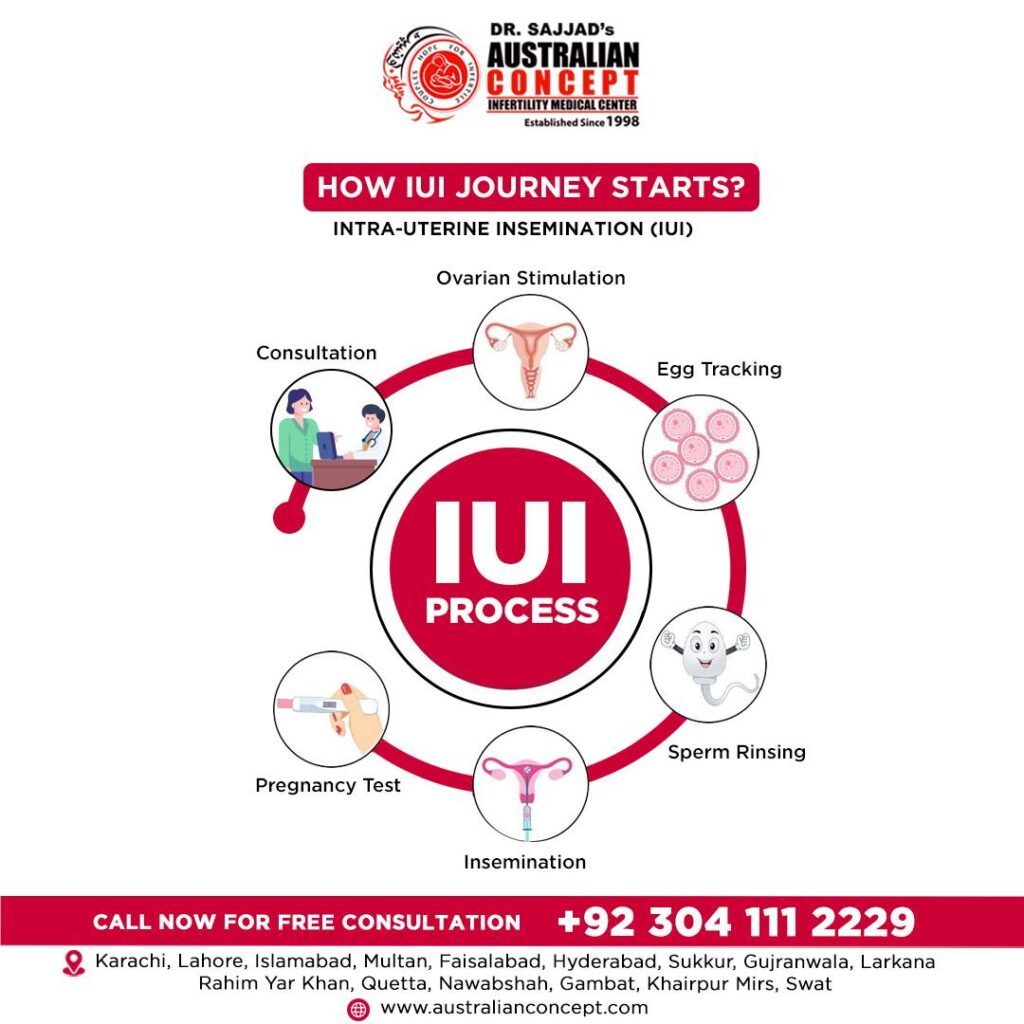Infertility affects millions of couples worldwide, and the journey to parenthood can often feel challenging. For couples facing mild infertility issues, selecting the right treatment is crucial for success. Two popular options are Intrauterine Insemination (IUI) and In Vitro Fertilization (IVF). While both treatments aim to increase the chances of conception, they differ in procedures, costs, and success rates, especially for those with mild fertility challenges.
What is IUI Treatment?
IUI treatment involves placing washed and concentrated sperm directly into the uterus around the time of ovulation. This process increases the chances of sperm reaching and fertilizing an egg, bypassing potential obstacles in the cervix. For couples with mild infertility, including minor issues like irregular ovulation or low sperm motility, IUI is often the first line of treatment. It is minimally invasive, quick, and significantly less expensive than IVF.
How IUI Works
In an IUI cycle, the woman may receive medications to stimulate ovulation. A fertility specialist closely monitors her cycle through ultrasounds and hormone tests. When she ovulates, the prepared sperm is inserted into her uterus using a catheter. Since IUI directly places sperm in the uterus, it bypasses the cervix, helping the sperm get closer to the egg. This treatment is simple, typically taking just a few minutes, with little or no discomfort.
Advantages of IUI for Mild Infertility
- Less Invasive: Unlike IVF, IUI does not involve surgery or egg retrieval. It is often a good choice for couples who want a simpler, less involved treatment option.
- Cost-Effective: In places like Pakistan, where healthcare costs are a significant consideration, IVF cost in Pakistan can be high. In contrast, IUI is more affordable, making it accessible for more couples.
- Less Time-Consuming: IUI cycles are shorter and require fewer medical appointments compared to IVF, which can be time-intensive.
Effectiveness of IUI Treatment for Mild Infertility
For couples with mild infertility, IUI success rates can range from 10-20% per cycle, depending on factors like age and the cause of infertility. Success rates tend to be higher for younger women and those with no severe fertility issues. On average, about three to four IUI cycles are recommended before considering other treatments. While IUI can be effective for many, it is less effective for couples with more complex infertility problems, such as blocked fallopian tubes or severe male infertility.
What is IVF?
IVF in Pakistan Lahore and other regions is a more complex treatment that involves fertilizing an egg with sperm outside the body in a laboratory. The fertilized embryo is then implanted in the uterus to establish pregnancy. IVF is generally recommended for couples who have not had success with simpler methods like IUI or for those facing more severe infertility challenges, such as blocked tubes, endometriosis, or low sperm count.
How IVF Works
IVF involves several steps, starting with ovarian stimulation to produce multiple eggs. Afterward, the eggs are retrieved in a minor surgical procedure. Sperm is collected and combined with the eggs in a lab, where fertilization occurs. The fertilized embryo is monitored for a few days before being transferred to the uterus. If successful, the embryo implants itself in the uterine lining, resulting in pregnancy.
Benefits of IVF for Mild and Complex Infertility
- Higher Success Rates: IVF typically has higher success rates than IUI, especially for couples facing severe infertility. It offers around a 40-50% success rate per cycle for women under 35 and about 30% for those up to 40.
- Better for Complex Issues: IVF can address a wider range of infertility problems, making it a good choice when IUI fails to produce results.
- Advanced Options: IVF can be combined with additional techniques like genetic testing or sperm injection for increased chances of success.
Comparing Success Rates of IUI and IVF for Mild Infertility
For mild infertility cases, IUI has moderate success rates, often in the range of 10-20% per cycle. IVF, on the other hand, offers significantly higher chances, averaging 40-50% success per cycle for younger women. While IVF offers greater reliability, IUI can be a preferable first step due to its affordability and simplicity, especially for couples who do not have severe fertility obstacles.
Role of the Infertility Specialist
An experienced infertility specialist can guide couples in selecting the best treatment option for their situation. Specialists assess the couple’s health, conduct diagnostic tests, and discuss potential outcomes for each treatment. Consulting with a skilled infertility specialist is essential, as they can tailor treatment plans based on individual needs, maximizing the chances of success while considering factors like age, cause of infertility, and financial resources.
Deciding Between IUI and IVF for Mild Infertility
For couples with mild infertility, starting with IUI can be a practical and cost-effective option. It offers a less invasive approach with a lower financial commitment and can achieve success within a few cycles. If IUI proves unsuccessful, moving to IVF offers a higher chance of conception.However, couples eager to optimize their chances quickly may prefer IVF due to its higher success rates.
Conclusion
When it comes to treating mild infertility, both IUI and IVF have their benefits and limitations. IUI treatment is cost-effective and less invasive, making it an attractive option for initial attempts. IVF offers higher success rates and addresses a broader range of infertility issues but comes with a higher price tag. The choice between IUI and IVF should be made with the guidance of an infertility specialist who can help couples weigh the costs, potential success rates, and personal preferences, ultimately creating a path toward achieving their dream of parenthood.













